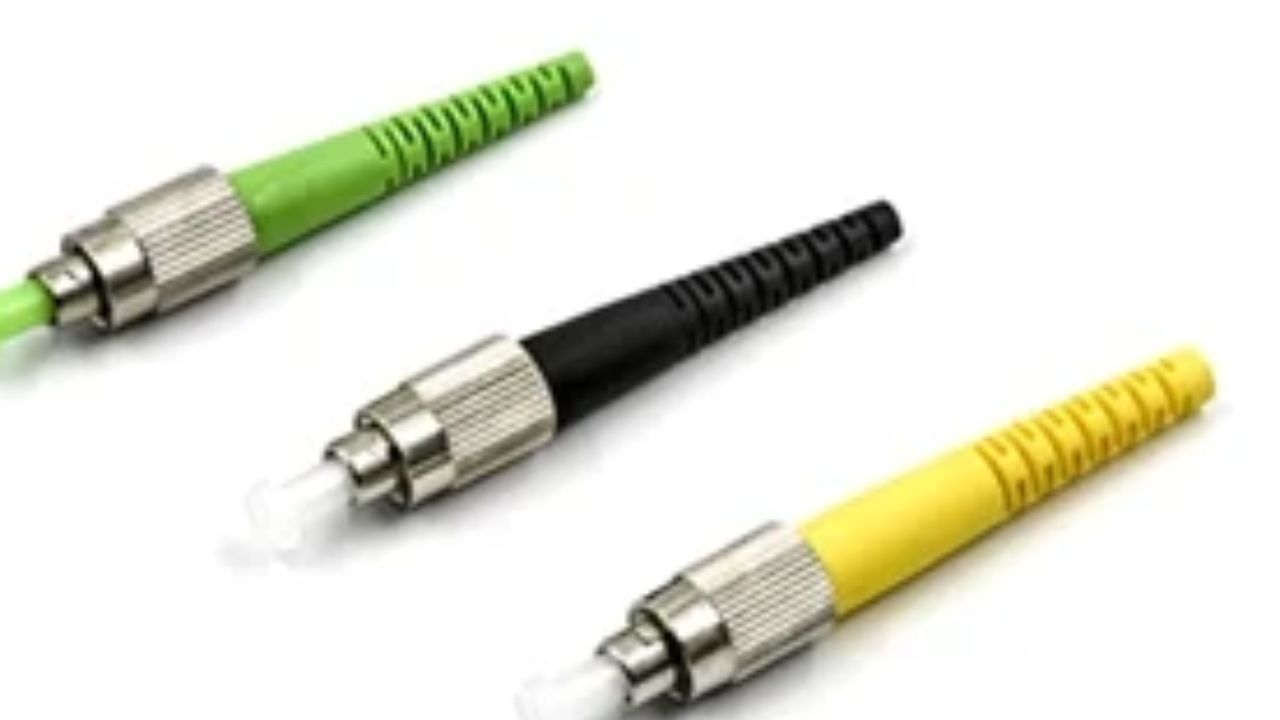All-dielectric self-supporting, or ADSS, fiber optic cable is a particular kind of optical cable that is well-known for its creative construction and distinctive structural elements. Unlike conventional fiber optic cables, ADSS cables are made with a core devoid of metallic elements, depending instead on fiberglass or aramid yarns for structural support.
The unique quality of adss fiber is its self-supporting nature, which eliminates the need for messenger wires or extra-strength members. They can be strung between utility poles or other support structures in aerial installations, where their self-supporting nature makes them especially suitable. Because there is no metal in the core, the cable is not only lighter but also more reliable overall because it is not affected by electrical interference.
In Relation To Fiber Optic Cables, What Does ADSS Stand For?
“All-dielectric self-supporting” is what ADSS stands for about fiber optic cables. By “abbreviated,” we mean a particular kind of fiber optic cable that has the unique capacity to sustain its weight without a separate metallic conductor or messenger wire. “Self-supporting” accentuates the cable’s ability to sustain its structural integrity without depending on outside support structures, while “all-dielectric” draws attention to the lack of metal components in the cable’s core. The telecommunications, power utility, and transportation industries favor ADSS fiber optic cables for their adaptability, durability, and ease of installation.
ADSS Cables Suitable For Installations Over Short And Long Distances
Both short- and long-distance installations can benefit from ADSS cables, but there are a few things to keep in mind:
Span Length:
All-dielectric self-supporting, or ADSS, cables are flexible enough for overhead installations and can sustain themselves without the need for an additional messenger wire. The suitability of their span length varies according to environmental factors and cable characteristics. Both short- and long-distance installations require proper installation methods, adherence to manufacturer guidelines, and consideration of environmental factors for best results.
Fiber Optic or Power Applications:
ADSS cables offer options for both fiber optic and power transmission, meeting the needs of a wide range of applications. The best ADSS cables for data transmission in telecom networks are fiber optic ones. Electrical power distribution is the intended use for ADSS cables. Whether data communication or power transmission is required for the installation will determine which option is best. Variations are offered by manufacturers to satisfy the needs of every application.
Environmental Conditions:
Wind, ice, and temperature changes are examples of environmental factors that affect the performance of ADSS cables. To ensure optimal cable functionality, manufacturers provide specifications that are suited to a variety of conditions. Strict adherence to industry standards and testing protocols contributes to ensuring resilience in a variety of settings. For dependable performance in both short- and long-distance installations, choosing an ADSS cable that meets environmental requirements is essential, regardless of the harsh weather or extreme temperatures encountered.
Installation Techniques:
AdSS cable performance can only be maximized with proper installation methods. It’s important to follow manufacturer instructions for both short- and long-distance installations. Reliability of the cable is ensured by attention to sag and tension specifications, appropriate hardware, and adherence to industry best practices. Installing it correctly requires skilled technicians who will secure the cable to support its self-sustaining design. Following suggested practices ensures the longevity and integrity of the ADSS cable in a variety of applications.
Regulatory Compliance:
Deploying ADSS cables for short- or long-distance installations requires regulatory compliance. Adhering to local and industry regulations is essential for both performance and safety. It is imperative to adhere to specifications concerning cable construction, materials, and environmental factors. The legality and dependability of the ADSS cable system are ensured prior to installation by a careful examination of pertinent regulations and strict adherence to certification requirements, which reduces potential problems and ensures a smooth deployment.
Bottom Lines
Applications in fiber optics and power transmission are supported by ADSS (All-Dielectric Self-Supporting) cables, which are versatile for both short- and long-distance installations. To ensure optimal performance, a number of factors are crucial, including the span length, environmental conditions, installation methods, and regulatory compliance.

